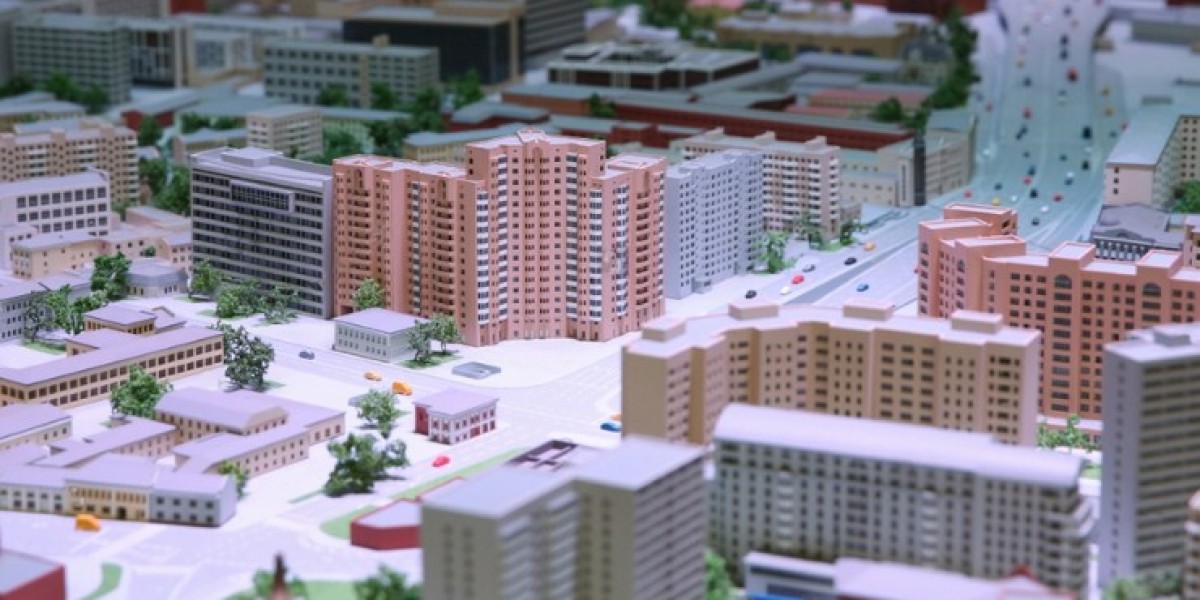Historic model making in Dubai has grown beyond traditional craftsmanship. As the demand for authentic heritage representation increases, studios now rely on digital tools to meet high standards of precision. One of the most powerful tools driving this change is artificial intelligence.
AI has begun to play a major role in enhancing the accuracy of historic model making in Dubai. From interpreting old data to guiding model creation, AI helps artisans, historians, and designers recreate the past more efficiently and realistically.
Understanding the Importance of Accuracy in Heritage Models
When model makers in Dubai recreate historic buildings or neighborhoods, accuracy is critical. These models are often displayed in museums, cultural centers, and exhibitions. They are used to teach the public about traditional Emirati architecture, pearl diving villages, ancient souks, and more. If the model lacks detail or historical accuracy, it risks spreading misinformation or losing the emotional connection to the past.
In many cases, original buildings no longer exist. Photos, documents, and oral histories may be incomplete. This is where AI can support human expertise. It fills gaps, verifies details, and transforms old data into accurate visual outputs.
Data Analysis and Pattern Recognition
AI excels at analyzing large amounts of data quickly. For historic model making Dubai projects, AI systems can scan and process old photographs, maps, blueprints, and written descriptions. It identifies patterns in architectural styles, construction materials, and spatial layouts.
For example, if only a few photos of a demolished neighborhood exist, AI can compare them with other known locations from the same era. It can then predict the likely structure or street arrangement. This helps model makers recreate scenes with a high level of accuracy, even when information is limited.
Restoring Damaged or Faded Images
Many heritage photos and documents are worn or damaged. These images are valuable references for model makers. AI image restoration tools can sharpen blurred photos, remove noise, and reconstruct missing parts of an image. This makes the details more visible for artists who need to replicate textures, patterns, and proportions in miniature.
In Dubai, some studios use AI-driven restoration software to enhance old aerial views of historical sites. These clearer images help with accurate layout planning before the physical model is built.
3D Reconstruction from 2D Sources
Another benefit of AI in historic model making is its ability to turn 2D images into 3D models. AI algorithms can take flat drawings or photos and estimate depth, shape, and dimensions. These rough 3D forms are then refined by digital artists or transferred into modeling software.
This is especially useful for recreating lost structures. If only one side of a building is shown in a photograph, AI can infer the rest based on style patterns and regional design norms. This makes the modeling process faster and more reliable.
Combining AI with Geographic Information Systems (GIS)
GIS tools are used to map land use and topography. When combined with AI, these tools become more powerful. AI can analyze historical GIS data and simulate how a village or coastline looked at a certain time in the past. This helps model makers place buildings and natural features like water wells, trees, or walking paths in the right locations.
In Dubai, AI-assisted GIS modeling is used to reconstruct parts of old Deira, Al Shindagha, and other heritage areas. This results in historically accurate urban layouts in miniature form.
Enhancing Oral History Interpretation
Oral histories are a key source of information for heritage model making in Dubai. But translating these stories into visuals can be difficult. AI tools such as natural language processing help interpret spoken narratives. They extract useful details such as building shapes, tools used, or community layouts.
For example, if a person recalls a majlis facing the sea and surrounded by palm trees, AI can visualize that setting using geographical data and architectural references. This supports the storytelling aspect of model making and brings spoken memories to life more accurately.
Streamlining Workflow and Collaboration
AI also improves the workflow in historic model making. By automating repetitive tasks like measurement scaling, floor plan generation, or surface mapping, artists can focus on creative detailing. AI-driven design software can recommend materials, simulate textures, or calculate model scale based on input data.
AI also supports remote collaboration. Teams across Dubai and the UAE can share AI-generated drafts and adjust designs in real time. This improves speed and consistency, especially in large heritage projects.
Predictive Modeling and Error Reduction
Predictive modeling is another way AI boosts accuracy. When building a model, certain assumptions must be made. AI helps test those assumptions using historical trends, material behavior, or environmental data. For example, it can predict how walls of coral stone aged in the past, or how palm-frond roofs were constructed in certain regions.
This reduces human error and ensures that model features are not only visually correct but also structurally and contextually accurate. The result is a model that truly reflects the historical setting.
Integration with Augmented Reality and Interactive Displays
Some Dubai studios use AI-enhanced models as a base for digital interaction. These models are scanned and integrated into augmented reality platforms. Visitors can then view an AI-supported version of the model that explains features, plays historical audio, or shows time-lapse development. AI enhances this experience by providing smart recommendations and dynamic content generation.
This dual approach, combining physical model making and digital storytelling, creates a richer and more accurate heritage experience.
Conclusion
AI is transforming historic model making in Dubai by making it more accurate, efficient, and data-driven. From analyzing images and predicting building shapes to restoring documents and supporting oral history, AI strengthens every stage of the model creation process.
It helps artists and historians recreate a version of the past that is true to memory and supported by science. As this technology evolves, Dubai’s heritage models will continue to become more lifelike, educational, and emotionally powerful for generations to come.












